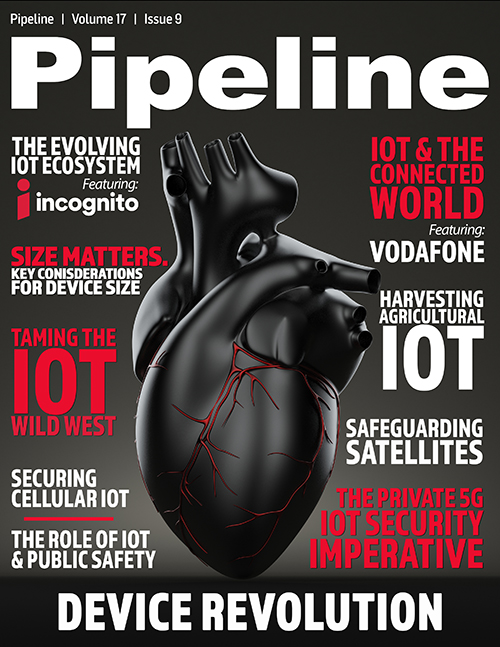Baking Security into Cellular IoT Deployments
Institutional expertise in this area is lacking. Not enough is currently being done to provide proactive forms of defense. Solutions based on VPN or encryption are simply not sufficient to prevent signaling attacks. It’s up to IoT device management service providers and cybersecurity experts to make sure that their IoT deployments come online with strong supplemental security measures already in place, not added as an afterthought once devices are already in the field.
Figure 1: Cellular security overview
click to enlarge
The threat of signaling attacks tends to get neglected when blueprinting cellular IoT deployments. One way to tackle them is with device-agnostic security that works at the SIM card level. This can help detect and block signaling attacks to ensure that the devices remain safely online, carrying out their essential functions with minimal downtime.
Keeping your IoT devices powered up, online, and functioning as intended is important not just for preventing malicious attacks and revenue loss, but also for maintaining safety standards and regulatory compliance. The right security solution can give you greater visibility into the status of deployed devices and shorten the time it takes to diagnose problems that cause devices to go offline.
Maintaining a large-scale IoT installation is a massive undertaking that will present expected challenges as well as surprises. By incorporating security into your plans at the very earliest stages, you can make sure that your devices are protected from bad actors from the moment they’re switched on.




















